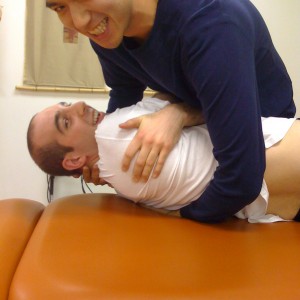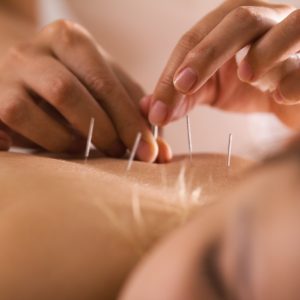In traditional Chinese medicine (TCM), the approach to diagnosis and treatment is based on identifying patterns of disharmony in the body rather than focusing solely on specific diseases or symptoms. TCM views health and illness as a reflection of the balance or imbalance within the body’s systems. Here’s how TCM treats patterns rather than diseases: Individualized Diagnosis: TCM practitioners take a holistic approach, considering the individual as a whole rather than focusing solely on the disease or symptoms. They assess the person’s signs, symptoms, medical history, constitution, and overall pattern of disharmony. This includes observing physical characteristics, listening to the patient’s description, asking detailed questions, and palpating specific points on the body. Through these diagnostic techniques, TCM practitioners aim to identify the underlying patterns of imbalance or disharmony unique to each individual. Pattern Differentiation: Based on the diagnostic findings, TCM practitioners classify the individual’s condition into specific patterns of disharmony. […]


